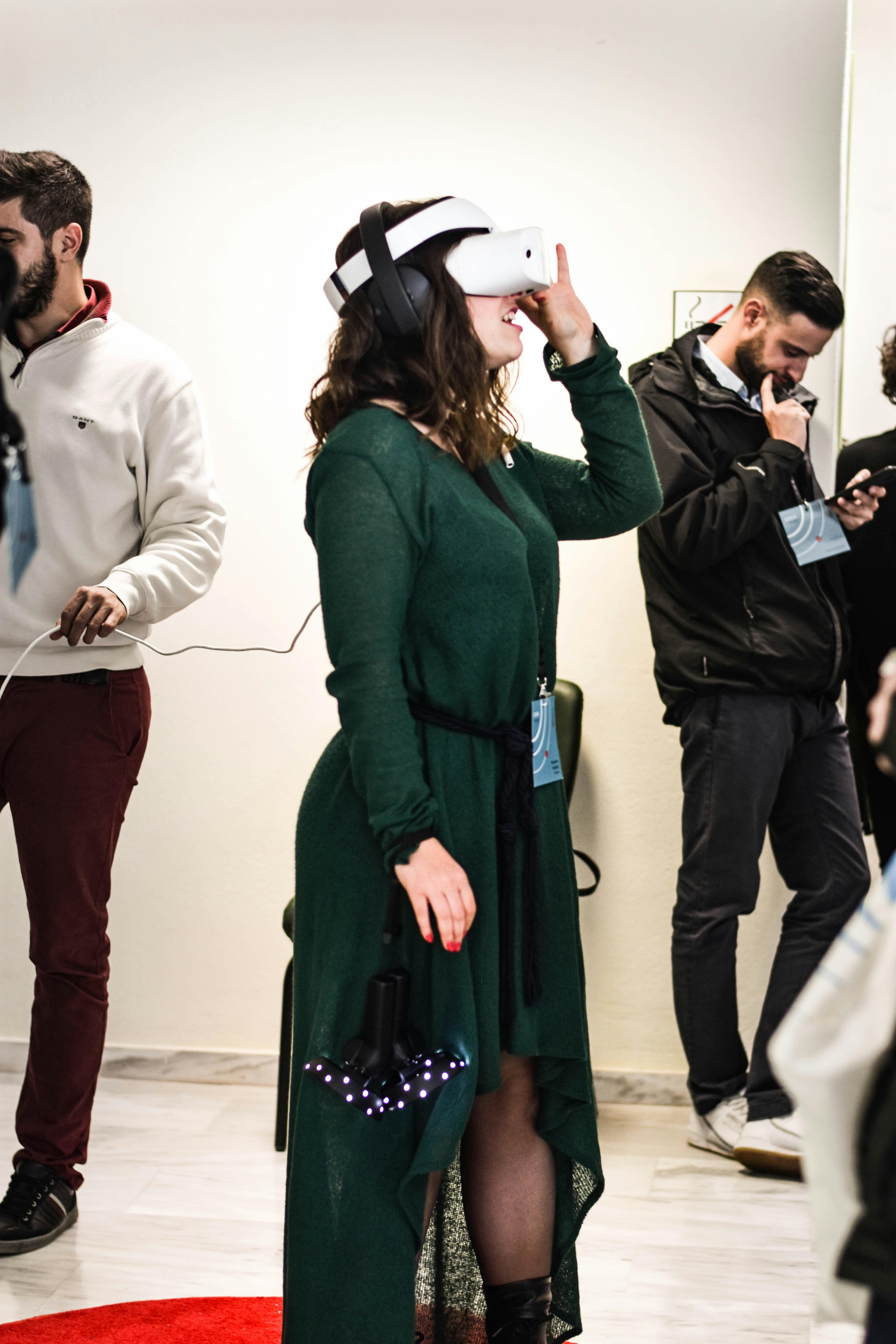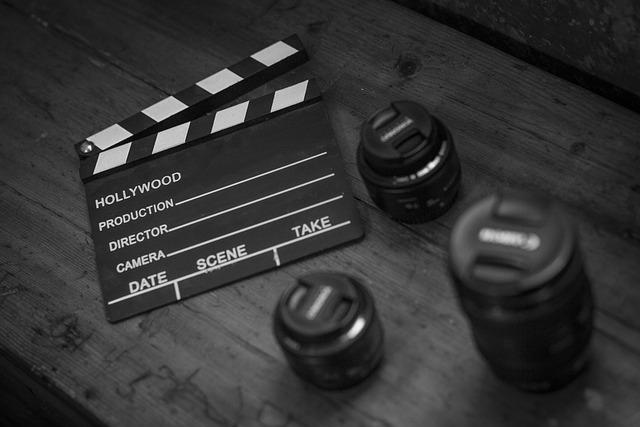In a world where storytelling continuously evolves, virtual reality (VR) emerges as a revolutionary force, reshaping the cinematic landscape. As filmmakers explore this immersive frontier, audiences are invited to step beyond the confines of the traditional screen, diving headfirst into experiences that blur the line between observer and participant. This technological marvel not only redefines how stories are told but also challenges the very essence of narrative itself. Join us as we delve into how virtual reality is pushing the boundaries of filmmaking, transforming imagination into palpable reality.
Crafting Immersive Narratives in a Virtual World
In the realm of virtual reality, filmmakers are discovering unprecedented ways to captivate audiences by crafting stories that are not only watched but experienced. VR technology allows creators to build worlds where viewers can interact with the narrative, offering a sense of agency that traditional films cannot. This shift transforms passive viewers into active participants, blurring the line between storyteller and audience.
- Enhanced Engagement: Viewers can explore every detail of a scene, creating a deeper connection to the story.
- Dynamic Storylines: Branching narratives offer multiple outcomes, encouraging repeat experiences.
- Emotional Resonance: Immersive environments heighten emotional responses, making stories more impactful.
By leveraging these elements, filmmakers are redefining narrative possibilities, inviting audiences to step inside the story and live it from the inside out. This evolution not only enriches storytelling but also sets the stage for a new era of cinematic innovation.

Innovative Techniques Reshaping Cinematic Storytelling
In the realm of cinematic storytelling, virtual reality (VR) is emerging as a transformative force, offering creators unprecedented tools to engage audiences. Traditional filmmaking often relies on the linear progression of scenes, but VR introduces a new dimension where viewers can actively explore narratives. This shift from passive viewing to interactive immersion allows for a deeper connection with the story, as audiences can influence outcomes or discover hidden layers within the narrative.
- Immersive Worlds: Directors can craft environments that envelop viewers, making them feel as though they are stepping into the story itself.
- Non-linear Narratives: VR allows for branching storylines where choices lead to different paths, offering a personalized experience.
- Enhanced Emotional Engagement: By placing the viewer at the center of the action, VR amplifies emotional responses and empathy.
These innovative techniques not only redefine storytelling but also expand the creative possibilities for filmmakers, paving the way for a new era of cinema that is both participatory and profoundly immersive.

Harnessing VR Technology for Creative Exploration
Virtual Reality (VR) is revolutionizing the way filmmakers approach their craft, offering a canvas that is both expansive and immersive. Unlike traditional filmmaking, VR allows creators to construct worlds that viewers can step into, blurring the lines between spectator and participant. This technology opens up a realm of possibilities, enabling storytellers to experiment with narratives in ways that were once unimaginable.
- Immersive Storytelling: Filmmakers can create 360-degree environments, allowing audiences to explore the story from multiple perspectives.
- Interactive Experiences: Viewers can engage with the narrative, influencing outcomes and altering story arcs through their decisions.
- Enhanced Visualization: Complex scenes and abstract concepts can be visualized in 3D, providing a richer understanding of the narrative.
As VR technology continues to evolve, it promises to reshape the landscape of filmmaking, offering creators a unique toolkit to push the boundaries of their imagination and craft. This new frontier not only challenges traditional storytelling norms but also invites audiences to experience stories in a profoundly personal way.

Navigating the Challenges and Opportunities in VR Filmmaking
Virtual Reality (VR) filmmaking presents a unique blend of challenges and opportunities that are reshaping the cinematic landscape. Challenges include the need for new storytelling techniques, as traditional methods often fall short in a 360-degree environment. Filmmakers must rethink how they guide the viewer’s attention without the conventional use of cuts and angles. Additionally, the technology itself can be a hurdle, requiring specialized equipment and software that can be costly and complex to master.
On the flip side, VR opens up exciting opportunities that traditional filmmaking cannot offer. It allows for an unparalleled level of immersion, placing viewers directly into the story world. This creates new possibilities for interactive storytelling, where viewers can influence the narrative through their choices. Moreover, VR can bring stories to life in previously inaccessible locations, providing filmmakers with a canvas that is limited only by their imagination. The potential for innovative experiences is immense, and as technology continues to evolve, so too will the scope of what VR filmmaking can achieve.

